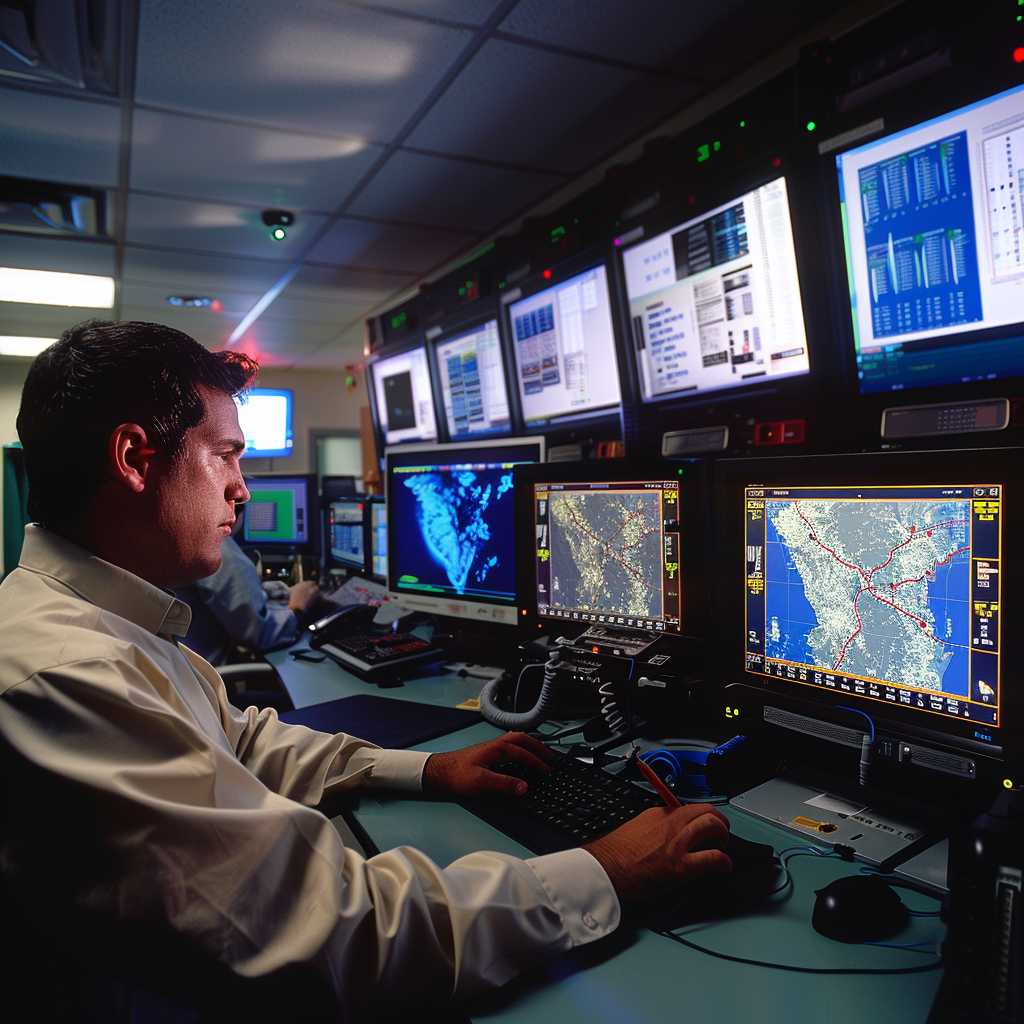National Weather Service: An Integral Component of US Public Safety and Weather Preparedness
The National Weather Service (NWS), established in 1870, plays a pivotal role in the United States’ ability to prepare for and respond to weather-related disasters. With its mission to provide weather, water, and climate data, forecasts, and warnings for the protection of life and property and the enhancement of the national economy, the NWS has become an essential entity in safeguarding American citizens and their interests. This article explores the NWS’s operational structure, services provided, technological advancements, and its vital importance to public safety.
Understanding the National Weather Service’s Foundations and Mission
–
Historical Background The National Weather Service, as part of the National Oceanic and Atmospheric Administration (NOAA), originated from the federal government’s increasing interest in collecting meteorological data to aid maritime commerce. The service advanced from modest beginnings into a comprehensive network dedicated to all aspects of weather forecasting and climatology. It now uses advanced technology, including satellites, radars, and supercomputers, to provide timely forecasts and critical warnings to the public.
–
Core Mission At its core, the NWS focuses on providing weather information crucial for people to make informed decisions that protect life, property, and enhance economic prosperity. Its mission extends beyond merely reporting the weather; it involves active disaster preparedness and working with local and state authorities in formulating emergency responses. Delivering Critical Weather Data and Services
Delivering Critical Weather Data and Services
–
Forecasting and Warning Systems One of the primary functions of the NWS is to issue accurate forecasts. These predictions span short-range hourly forecasts to long-range seasonal outlooks. Besides general forecasts, severe weather alerts — such as tornado warnings, hurricane watches, and flood advisories — are essential services to safeguard communities under threat.
–
Collaboration with Emergency Services Such alerts are disseminated through numerous channels, including TV, radio, and internet-based services like the Wireless Emergency Alerts system (WEA) and the Emergency Alert System (EAS). Playing a collaborative role with FEMA and other emergency agencies is part of their mandate to ensure maximum reach and preparedness.
–
Research & Development The research division thrives on constantly enhancing prediction models and tools essential for more precise forecasting. They also investigate atmospheric sciences to understand climate patterns better. Technological Advancements Enabling Enhanced Weather Service
Technological Advancements Enabling Enhanced Weather Service
–
Satellite Technology Satellites such as GOES-R provide high-resolution weather imagery that significantly improves forecast accuracy. Through geostationary satellites parked over specific regions, meteorologists can closely monitor cloud movements, temperature variations, and significant storm development in real-time.
–
Radar Network Doppler radar represents another critical technology for the NWS. It scans the skies continuously, detecting precipitation intensity, movement, and potential severe weather formation.
–
Supercomputing Power The use of high-speed supercomputers enables vast amounts of meteorological data to be processed swiftly. This allows sophisticated forecasting models to simulate atmospheric phenomena with high precision. Importance of Education and Community Outreach
Importance of Education and Community Outreach
–
Public Education Initiatives Even the best forecasts must be properly understood by the public for action. To this end, NWS prioritizes education on how to interpret alerts and how individuals can prepare or respond during severe weather events.
–
Training for Professionals Beyond serving laypersons, the NWS also offers training for meteorologists, emergency management personnel, and other professionals who need in-depth meteorological knowledge for their roles. Challenges in Weather Prediction and Future Directions
Challenges in Weather Prediction and Future Directions
–
Addressing Prediction Limitations While forecasting has improved immeasurably over decades, unpredictabilities inherent in weather patterns continue to present challenges. The chaotic nature of atmosphere means there will always be a degree of uncertainty; however; ongoing improvements modify mostly flash elevation errors.
–
